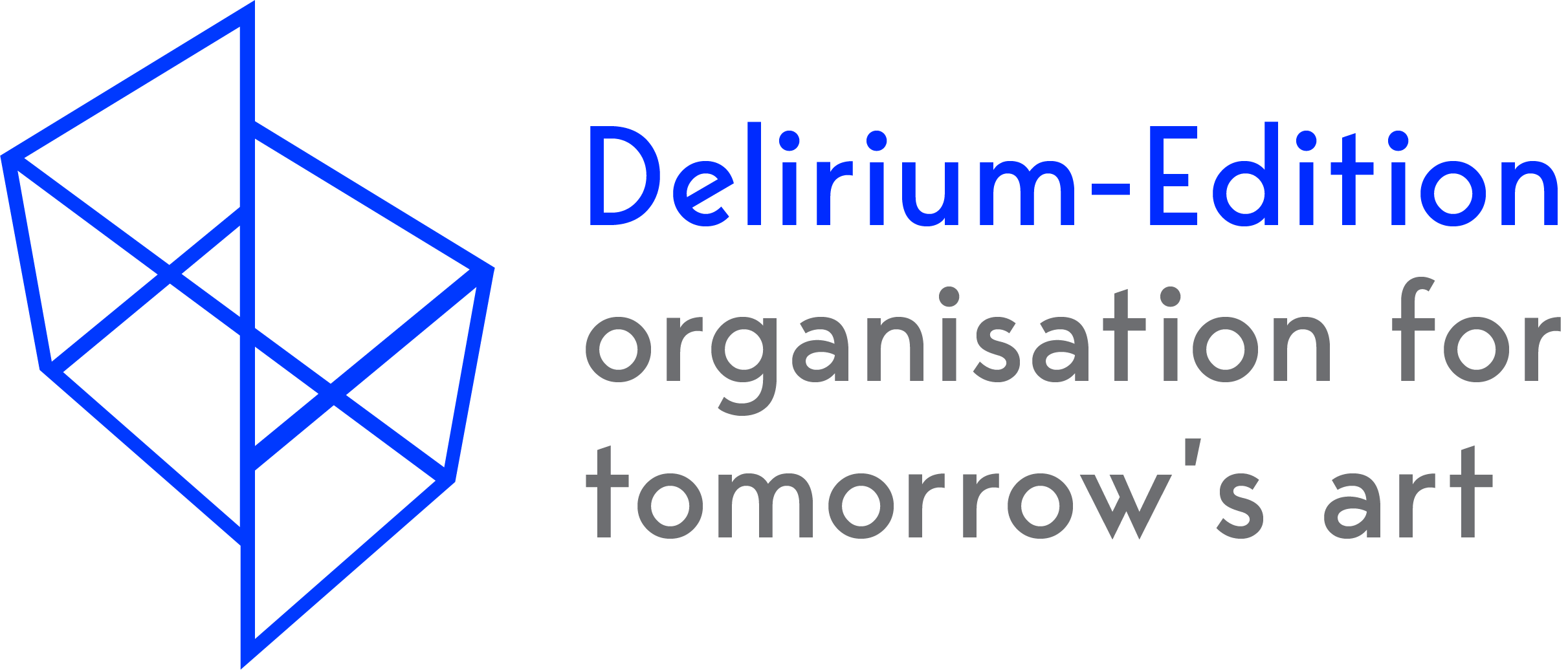« (De)Synchronisation » – Delirium Ensemble 5.0
A multimedia interaction of sound, video, light and language.
_Darkness on stage. Hands playing. A single mouth that speaks
_Never ending. Manic. But there are no words. Hands playing.
_Red, blue sounds. Throbbing rhythms in the room. Green connection. Big synchronization
_The mouth speaks. But there are no words. The system is overloaded
SYNCHRONISATION
Using different media as a “context” lays the foundation for our understanding of music. This understanding is universal and also cross-cultural in cultural terms. Careful and targeted use of various media can trigger a profound emotional experience and can “lead” recipients through a potentially complex work of art.
Following questions are raised:
Does the context mentioned above only exist for music’s sake, or is it a quality in and of itself?
Are people today more attracted to the context than to music itself?
To what extent can this context influence our perception?
Can context exist independently of content (like music)?
The interplay of music, space, light and language is a proven way to create a variety of possible expressions. It is not about providing listeners and viewers with a finished product. All sounds determine the space, and any space determines the sound. The idea of the project is to create an interaction between sound and visual space. The close network of sound – in this context synonymous with music – and spatial disposition can be understood as communication that is supplemented by the parameters light and language.
DE/SYNCHRONISATION
The goal is usually the synchronicity of visual and acoustic elements, but desynchronization opens up an expanded range of possibilities. A classic example is the connection between language and image. Spoken words are always associated with the associated lip movements. If this synchronicity is lost, our brain orients itself to what we see; we believe to hear what we in reality only see.
The starting point of the project is the visualization of a talking mouth. Sometimes the words are correctly shaped by the lips, but partly also not. At the same time one sometimes hears no words, though the mouth speaks; this is in dialogue with the music playing simultaneously. If we understand music as language, a visual element can again be set synchronously or asynchronously.
Composers from different countries have written music for this project and in «DE / SYNCHRONIZATION» refer to the topic described above in various ways.
A unique interplay of sound, light and language that illustrates what is connected and not connected is presented.
Demetre Gamsachurdia (*1988) – Demiurgos 2.0 (2016)
Simon Steen Andersen (*1976) – Rerendered (2003–2004)
Piotr Peszat (*1990) – An Accomplished Young Lady (2019, UA)
Balz Trümpy (*1946) – 7 Inventionen (2014, UA)
Kaj Duncan David (*1988) – 4c0st1ctr1g3r (2015)




